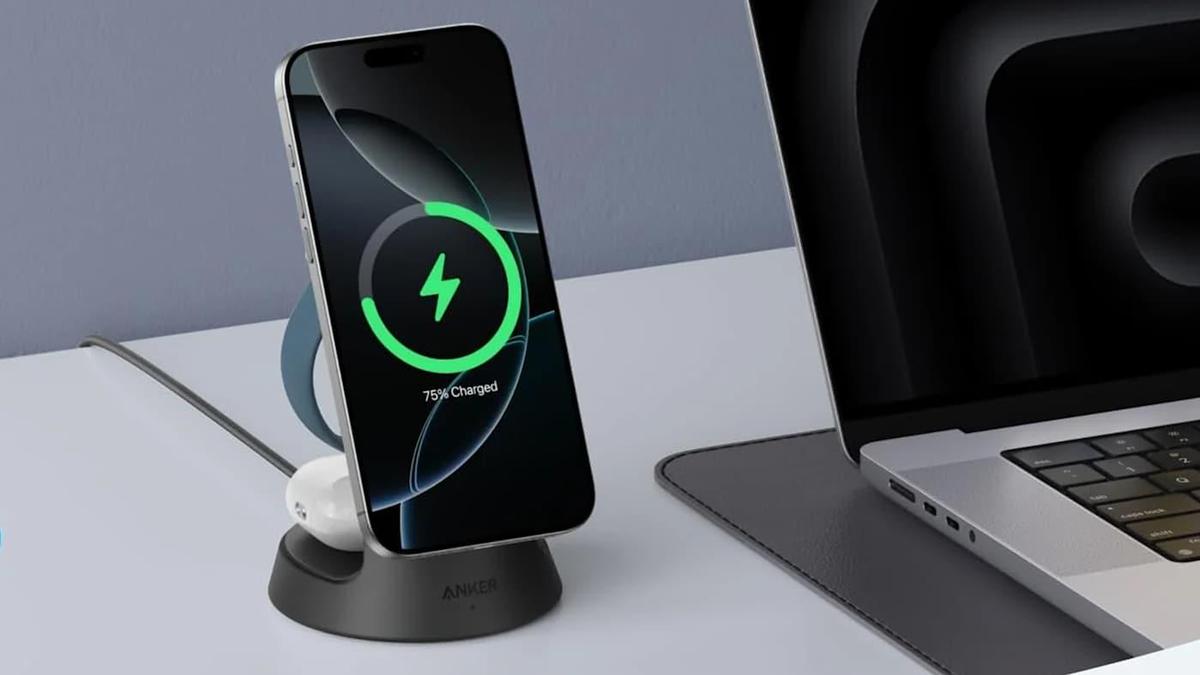Best Smartphones of 2025: Top Picks & Buying Guide
Are you in the market for a new smartphone in 2025? With so many options available, choosing the right one can feel overwhelming. This guide breaks down the key factors to consider and highlights some of the best smartphones you can buy right now.
We’ll explore the pros and cons of Android versus iOS, camera capabilities, 5G and Wi-Fi connectivity, and other important features. By the end, you’ll have a clearer idea of which phone best fits your needs and budget.
Android or iOS: Which Ecosystem is Right for You?
The first big decision is choosing between Android and iOS. Both operating systems have their strengths and weaknesses.
- iOS (Apple): Offers a seamless experience across iPhones, iPads, and Macs. Sharing data and hand-off features are incredibly convenient. However, you’re locked into the Apple ecosystem, as services like Apple Messages aren’t available on other platforms.
- Android: Provides a wider range of handsets from various manufacturers like Google, Samsung, and Sony. You get more flexibility in terms of hardware and customization. However, Android phones typically receive shorter software support and may have lower trade-in values.
Ultimately, there’s no right or wrong answer. Consider how well a phone integrates with your other devices and your comfort level with the operating system. Switching from one to another can be disruptive, especially if your family and friends are all on the same platform.
Camera Capabilities: Capturing Memories in 2025
Your smartphone often serves as your primary camera. So, evaluating camera capabilities is crucial. Almost every modern phone can take great pictures in bright light. But if you need features like long optical zoom, you’ll likely need to invest in a higher-end device.
Mid-range phones often have two rear cameras: a primary wide-angle lens and an ultra-wide lens. They may struggle in low-light conditions. Different manufacturers offer unique features. For example, Apple provides various color presets on the latest iPhones, while Google’s Pixel 9 Pro includes tools like dedicated long exposure and Action Pan modes.
Consider what kind of photos and videos you typically take and choose a phone with the features that best suit your needs.
5G and Wi-Fi: Staying Connected at Top Speeds
In 2025, most smartphones support Wi-Fi 6 or Wi-Fi 6e and some form of 5G connectivity. However, achieving the fastest wireless speeds requires a bit more investment.
- mmWave 5G: Offers gigabit download speeds, lower latency, and better bandwidth on certain networks. It requires more sophisticated modems, often found in pricier devices.
- Wi-Fi 7: Available on some high-end phones like the Galaxy S25. It also requires a compatible router to take full advantage of its capabilities.
Consider your location and network provider when evaluating 5G and Wi-Fi support. If mmWave 5G isn’t widely available in your area, or you don’t have a Wi-Fi 7 router, these features might not be a dealbreaker.
Other Features to Consider
Beyond the basics, consider features that are particularly important to you:
- Refresh Rate: Mobile gamers will appreciate the 120Hz refresh rates on phones like the Samsung Galaxy S25 or the Apple iPhone 16 Pro, leading to smoother visuals.
- Battery Life: If long battery life is a priority, choose a larger iPhone or an Android phone with a 4,000 to 5,000 mAh battery.
- Reverse Wireless Charging: Convenient for charging other devices like Galaxy Watches (on Samsung phones).
Top Smartphone Contenders in 2025
Let’s take a look at some of the top smartphones available in 2025:
-
Apple iPhone 16 Pro: A top pick for iOS users, offering the latest features and performance within the Apple ecosystem.
-
Google Pixel 9 Pro: A strong contender for Android enthusiasts, known for its excellent camera and software experience.
-
Samsung Galaxy S25 Ultra: A versatile phone with an included stylus, a stunning display, and a powerful camera system.
-
OnePlus 13: A flagship phone with top-notch hardware, a vibrant display, and a massive battery.
FAQs
How do I know which smartphone is the best for me?
Consider how you plan to use the device. If it’s your primary gadget, investing in a higher-end phone with better performance and cameras might be worthwhile. If you use your phone less frequently, a mid-range option could suffice.
How much does a smartphone cost?
Smartphones range from $300 to over $1,500. Budget phones compromise on features, while expensive phones offer powerful processors and advanced camera systems. Most people find a suitable phone in the $500 to $1,000 range.
What can you do with a smartphone?
Smartphones are portable computers that allow you to check email, browse social media, use maps, make payments, and more. They have also largely replaced compact cameras due to their high-quality built-in cameras.
How long do smartphones last?
Smartphones can last for years. Software updates and battery life are key factors. Apple and Google promise five years of software updates for their latest phones. Samsung offers four years of Android updates. Battery life degrades over time with regular use and charging.
Key Takeaways
- Choosing the right smartphone involves considering your preferred operating system, camera needs, connectivity requirements, and other desired features.
- Android and iOS both offer unique advantages and disadvantages.
- Camera technology has advanced significantly, with even mid-range phones offering impressive capabilities.
- 5G and Wi-Fi 7 provide faster wireless speeds, but their availability varies.
- Evaluate your specific needs and budget to make an informed decision.
By carefully considering these factors, you can find the perfect smartphone to meet your needs in 2025. Happy shopping!
Source: Engadget



